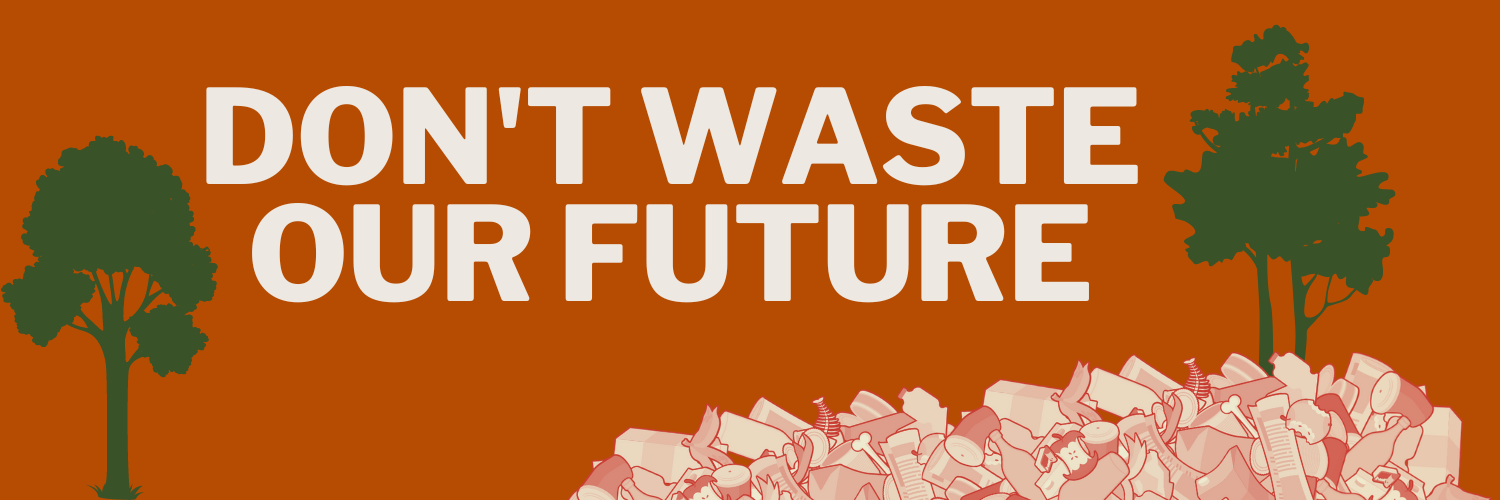Colorado’s Proposed Landfill Methane Rule Can Deliver Vital Benefits for Coloradans, but more work remains
While landfill methane emissions pose a serious threat to public health and climate, it is one of the easiest climate challenges to solve—and Colorado just took a big step forward, thanks to the efforts of a mighty coalition of advocates! On April 17, the Colorado Department of Public Health and Environment (CDPHE) put forward a draft landfill emissions rule that has a number of essential upgrades to lax federal regulations. This rule is like patching the biggest holes in a leaky boat — it’s a critical first step, but the job isn’t finished until all the leaks are sealed. If we stop now, we’re still taking on water, especially in communities closest to these landfills.
The Air Quality Control Commission (AQCC) voted 7-0 to move it forward, scheduling a hearing in August to finalize and adopt the rules. That means between now and August, CDPHE holds the pen and should act to strengthen its proposed landfill emissions rules.
Learn more about solutions to Colorado’s landfill pollution problem in our report with Healthy Air and Water Colorado, Mountainous Methane!
Here’s a quick run-down of what was in and missing from the proposed rules, which you can read in full here. In the coming weeks, we will continue to go through the proposal with a fine-tooth comb, as the details really matter!
🚀 What’s Strong in Colorado’s Proposed Rules
Earlier and more effective methane capture
Colorado exceeds federal standards by requiring earlier installation of gas collection and control systems (GCCS), especially at high-emitting landfills.
For the biggest landfills, it also mandates expanded GCCS components in new landfill cells to capture methane right as waste is being added — not years later, after huge amounts of methane have already escaped into the atmosphere
Better technology and transparency
The rule allows multiple methods for surface emissions monitoring, including drones and laser-based tools.
It significantly reduces the threshold for what constitutes a methane exceedance, lowering the limit from 500 parts per million to 200.
It introduces data from satellite and aircraft remote methane monitoring, adding a layer of third-party verification and enforcement.
It mandates continuous monitoring and performance standards for enclosed flares, including real-time data collection.
Climate and Health Benefits
The rule is projected to cut 12.3 million metric tons of carbon dioxide equivalent (CO2e) by 2050
It will also reduce harmful co-pollutants like volatile organic compounds (VOCs), hazardous air pollutants (HAPS), and hydrogen sulfide — particularly important for communities already experiencing disproportionate impacts
Positive local economic impact
Implementation is expected to support over 1,700 jobs (direct and indirect), representing approximately $175 million in local investment over 2 decades
The methane reduction will also avoid an estimated $1.05 billion in climate change-related costs
“The benefits of adopting these technologies are the reduction in emissions... increasing the overall quality of life for people living in disproportionately impacted communities.”
Biofilters and Biocovers
Biocovers would be required on long-term intermediate covers
Biofilters would be required at landfill sites post-GCCS shutdown — capturing methane biologically and improving soil use.
⚠️ What’s Missing or Needs Strengthening
Loopholes Remain
Although open flares are largely phased out, exemptions are still permitted under specific conditions. They remain permitted in non-DI (disproportionately impacted) areas, despite public health risks.
The draft rule allows recirculation of liquid in a landfill, which is a recipe for disaster, as more liquid speeds up methane emissions and increases fugitive emissions. Instead, CDPHE should ban liquid recirculation.
Oddly, the regulations do not require the landfill to track and address buildup of liquid in gas collection pipes, which is a serious problem. As the U.S. EPA states in its recent White Paper on increasing gas collection rates, “Liquid in the collection system (wells or piping) can impede gas flow, potentially leading to the buildup of heat and pressure. Therefore, it is crucial to address the management of both gas and liquids in landfills.” Colorado should take a page from the state of Michigan which has already instituted common-sense requirements around liquid management.
Monitoring Gaps at High-Emission Areas
Surface emissions monitoring is excluded from the working face of the landfill, even though that’s where much of the methane escapes.
Weak Community Participation and Transparency
There is no requirement to notify or involve communities when landfills request alternative compliance options, leaving gaps in transparency.
Communities are still left in the dark, with basic information, like maps of period surface emissions monitoring and results, not published by landfill operators. In this age of information access and technology, there’s no reason this critical data can’t be shared with communities.
What You Can Do Now
Between now and August 2025, AQCC has the opportunity to strengthen these proposed rules before they’re finalized. Members of the public can:
Submit public comments supporting the strongest parts of the rule while calling for changes that would make them even more comprehensive
Stay informed on opportunities to get involved
